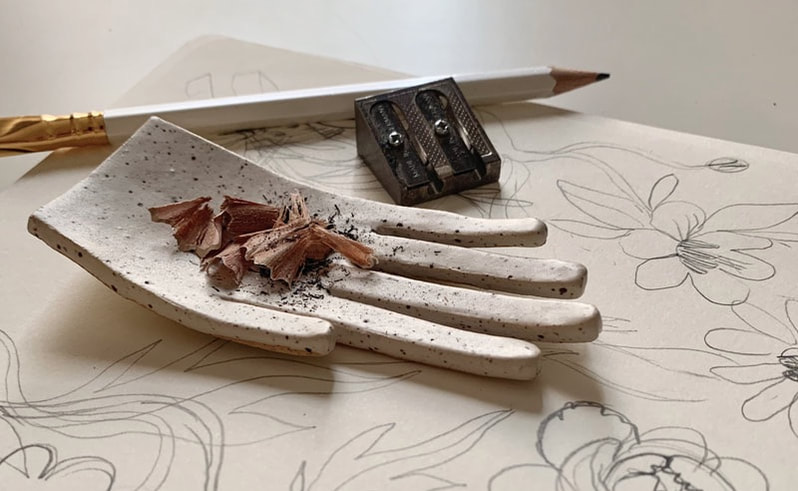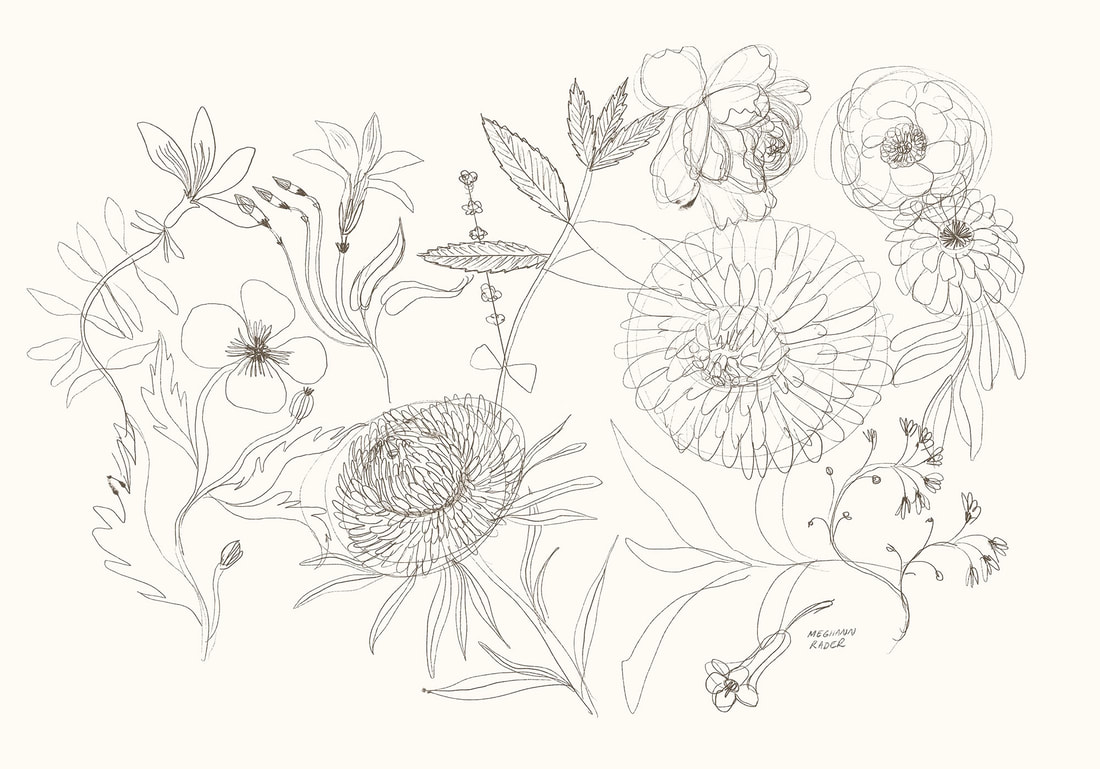|
I stumbled across a quote the other day from French Impressionist painter Claude Monet.
He said: “To see we must forget the name of the thing we are looking at.” What he meant by that was that rather than painting (or drawing) our subject, along with all of our preconceived ideas about what that subject should look like, we should try looking at it objectively, seeing it only as a series of interacting shapes and colours. By doing this we can more accurately portray what we are seeing. I was particularly drawn to this quote because, while of course there are many many diverse ways of drawing and making images, this is one that I use a lot in my own work. I find it especially helpful when I'm drawing complicated things that I’m not that familiar with and I need them to be recognizable and somewhat realistic (for me that's usually animals and flowers). It’s easy to get caught up in the subject we’re drawing and decide subconsciously what the proportions are supposed to be or how each part relates to another based on previous knowledge rather than actually seeing what is in front of us, but this, for me at least, often ends in frustration. It’s not our fault that we do this. It’s just how our brains work. Filling in the blanks with previous knowledge in an attempt to make sense of things. In his book Color: A Workshop for Artists and Designers, David Hornung calls Monet’s concept “Retinal Painting”. He says “To surrender completely to visual sensation feels out of control at first. Most people find it hard to overcome the visual habit of imposing “what they know” about a subject upon what they are actually seeing.” So how to do it? Practice of course! As with anything, we need to dedicate the time to get better. Aside from that, here are some quick tips on how you an incorporate this idea into your own work. Start with the largest general shapes (this can include negative space) and either sketch them out or block them in with large areas of colour. Pay attention to how they relate to each other and try to capture that as well. Remember, don’t focus on the subject, just on what you are actually seeing. Your basic shapes will act as a general structure for the rest of the drawing. Don’t get caught up in adding too much detail to one area and not another. It’s important to build the work up in even layers of detail. This will create cohesion in the piece. Once you have your basic shapes laid down you can start adding in your own flair and style with each new layer, feeling confident that you’ve got a sturdy structure in place. Have you ever tried focusing on just shapes in your drawing? I highly recommend giving it a try! -Meghann
3 Comments
|


